Henry Moore: Fresh look at the work of a Yorkshire radical
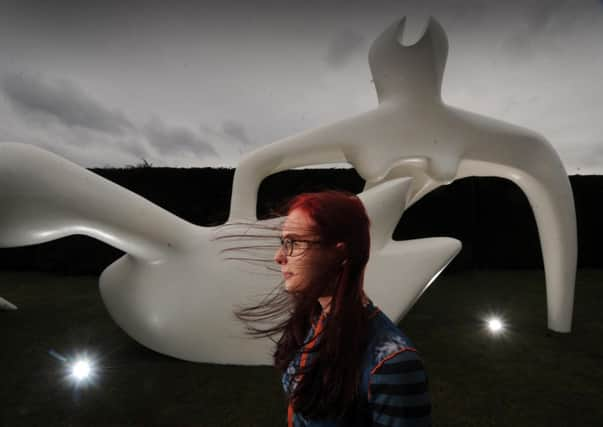

Now, almost 30 years after his death, this deep-rooted connection with the land is celebrated in a new exhibition at Yorkshire Sculpture Park (YSP). It offers a “fresh perspective” on Moore’s work, and includes never before seen personal items loaned to the park by his only daughter, Mary Moore, who helped curate part of the show.
Moore was born in the West Yorkshire mining community of Castleford, just a few miles from YSP, and it was his love of the open spaces and the landscape around him that inspired him.
Advertisement
Hide AdAdvertisement
Hide AdThe exhibition, Henry Moore: Back to the Land explores the artist’s profound relationship with land, something which was fundamental to his practice and fuelled his visual vocabulary. More than 120 drawings and sculptures make up the collection, set among the beautiful landscape of the Bretton Estate, which Moore first visited with his daughter Mary in 1979, two years after YSP was founded by Peter Murray.
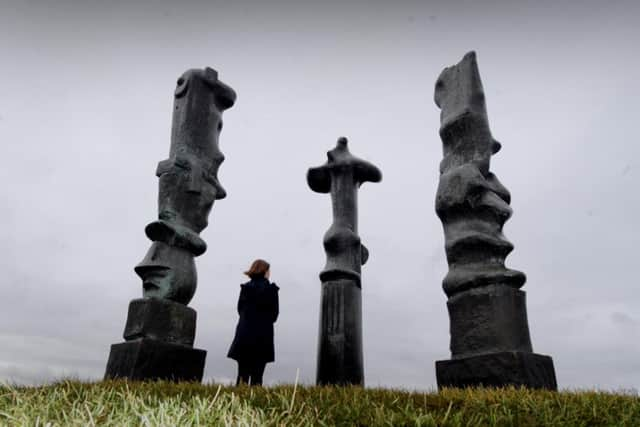

He became a founding patron, and was committed to showing his work in the open air, in particular in the rolling hills of the former Deer Park.
YSP’s senior curator Dr Helen Pheby, said that during that first visit, Moore was so impressed that he promised that he would always have work there, especially in the Park.
“He loved that there were sheep there,” she said. “He thought sheep - rather than cows, for example, or even people - were exactly the right scale to show his work.
“He was really inspired by what Peter had started.”
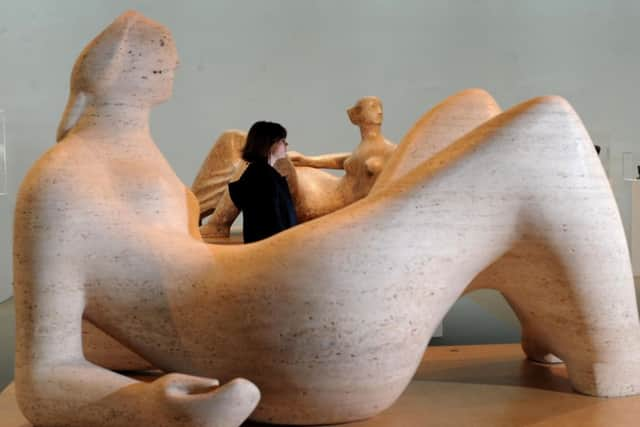

Advertisement
Hide AdAdvertisement
Hide AdDr Pheby worked with Mary Moore and Anita Feldman, a former curator of the Henry Moore Foundation, which is based at his former Hertfordshire home, Perry Green, to put together the collection, which includes works in the inside Underground Gallery, with each piece drawing on Moore’s connection to the land.
“We were tasked with having a fresh approach on Moore’s work, which was a challenge, but having the inside space enabled us to show the drawings and plasters that aren’t often on display,” Dr Pheby said. “The show feels like it could’ve been made last week, the work has never dated.
“There are a few surprises - for example he got really excited when felt tip pens were invented, and did lots and lots of drawing in them. Mary’s contribution has been invaluable, these are things you’ll never get the chance to see again. It has been a real privilege to have them.”
Moore grew up in a home where some of the first mining union meetings were held, and his family believed that anyone had a right to better life, and all it took was an education.
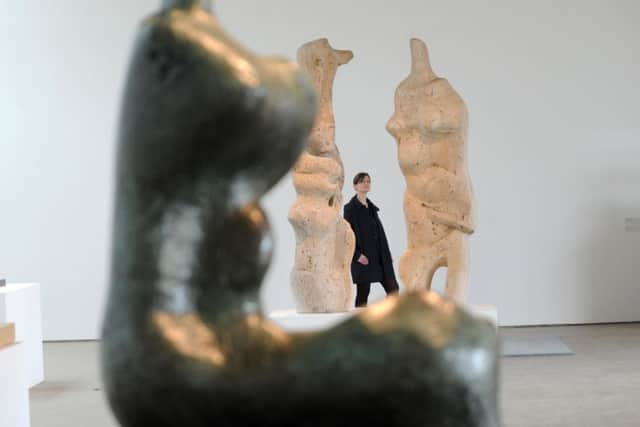

Advertisement
Hide AdAdvertisement
Hide AdFor Dr Phelby, the show, which is the first major exhibition of Moore’s work at YSP, “feels like a homecoming.”
“Despite his success he never became part of the establishment, and even refused a knighthood. He never forgot his roots, he celebrated them,” she said.
• Henry Moore: Back to the Land, runs until September.
Natural inspiration
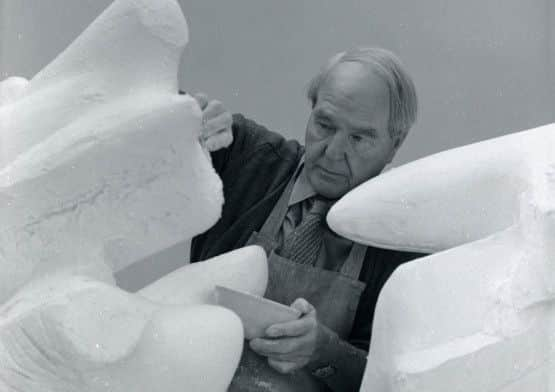

“The mystery of what is under the shroud is somewhat akin to the mystery in poetry. It is this element of the unknown that fascinates me in caves and the holes in the sides of hills – you don’t know what is there until you look and explore into them,” Henry Moore said in 1974.
“This mystery excites the imagination and poetry has the same multi-meaning that makes you explore it in depth.”
Advertisement
Hide AdAdvertisement
Hide AdThat included a deep understanding of geology, from the black coal seems of his hometown to the mystical ancient forms of Stonehenge. Inside YSP’s Underground Gallery, sculptures, maquettes and rarely seen works on paper, demonstrate Moore’s understanding of geology and rock formations.